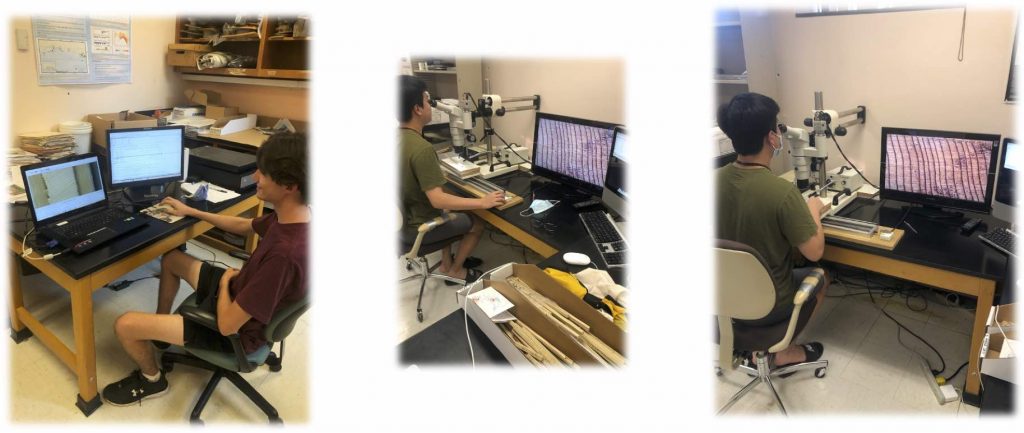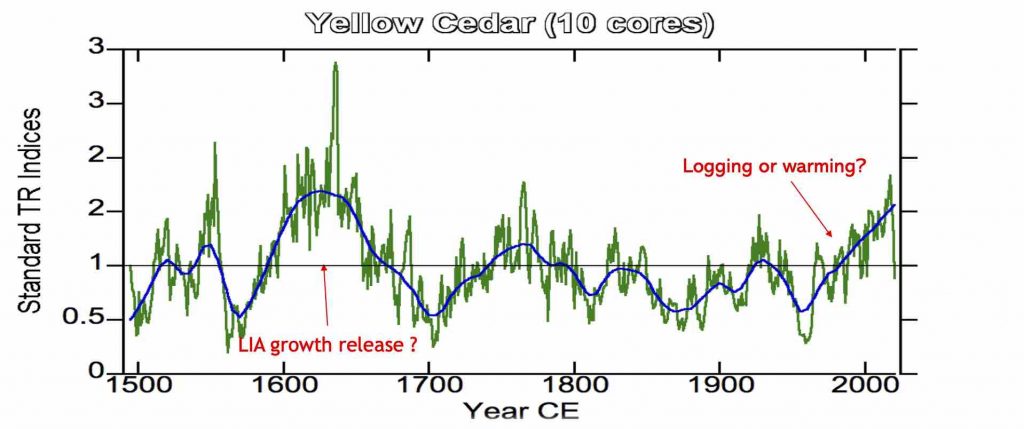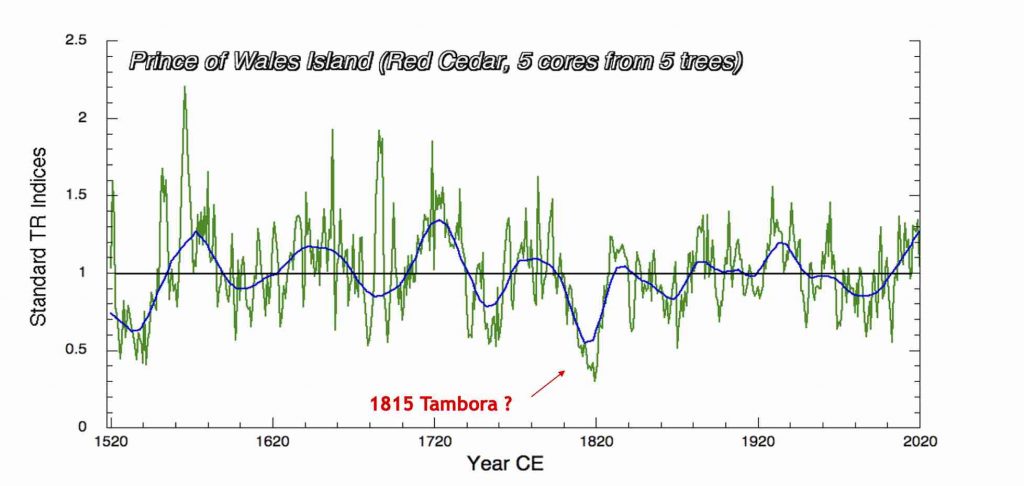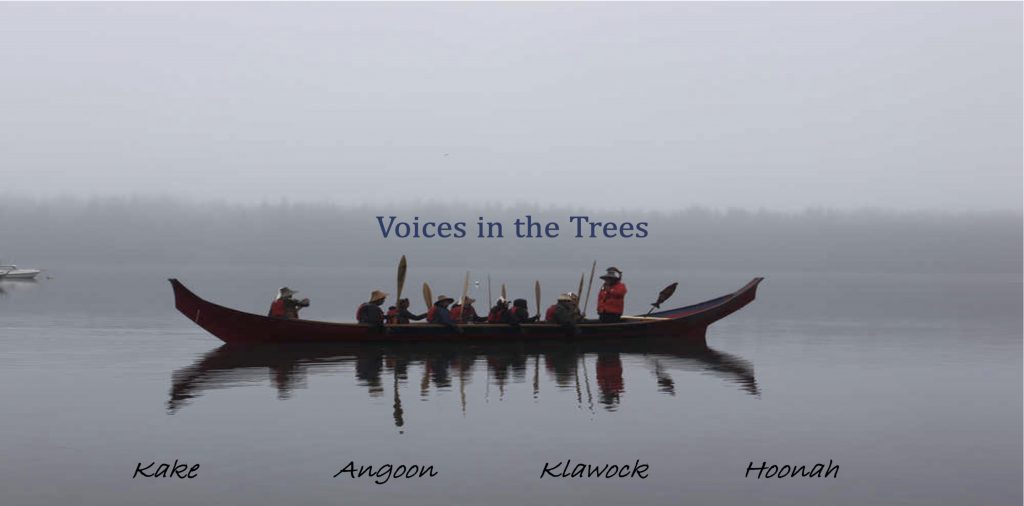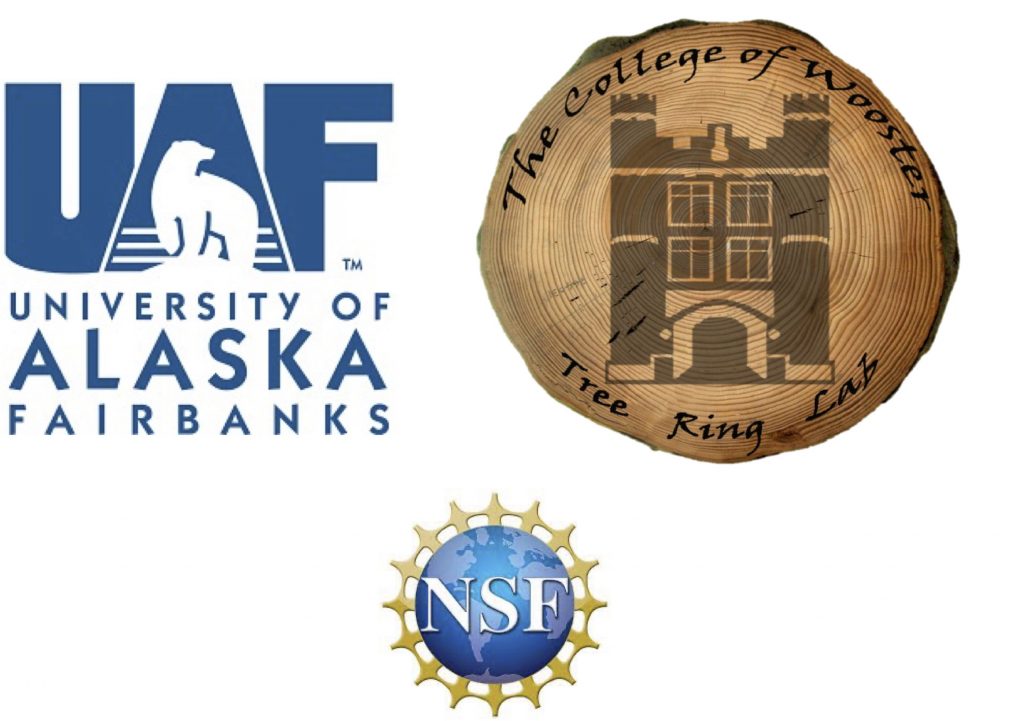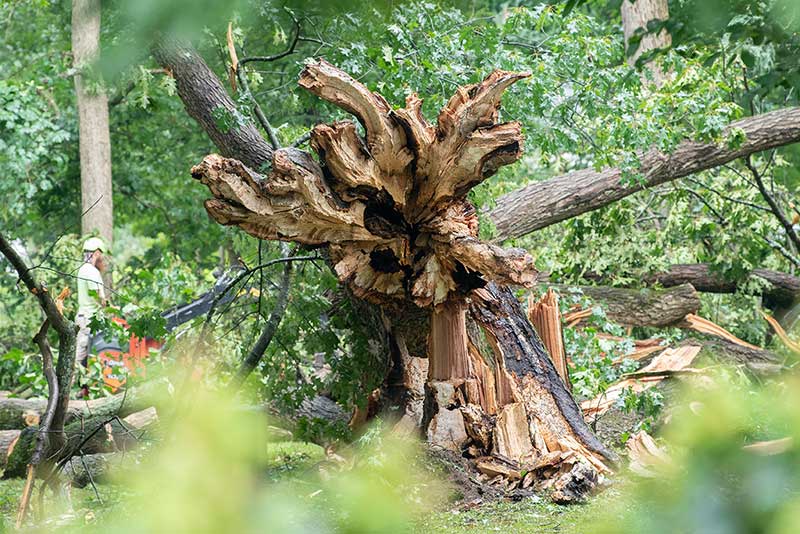
A mighty oak has fallen. An Oak Grove tree that stood for more than two centuries came down on Monday at The College of Wooster.
No people or property were hurt when the black oak (quercus velutina) fell, though it did cause some damage to a nearby white oak tree that caused it to be taken down as well. According to the College’s manager of grounds, Phil Olsen, the tree fell due to what is called “natural failure,” he said. “It happens sometimes, especially this time of year, where the tree could no longer hold itself up because of the moisture in it,” he said. “Everything has an end date and that was it. It’s sad. It was one of the feature trees on our tree walk and one of the oldest stately black oaks on our campus.”
The tree was assessed by Nick Wiesenberg, Geology Technician in Earth Sciences, who determined the tree to be 228 years old.
“With the help of the tree service crew, we were able to obtain a cross-section from the black oak that contained the inner most rings which I cross-dated with other tree ring data from the old oaks on campus,” he said. “Although one of the largest in diameter, it was not the oldest we have sampled on campus.” Olsen recalled having to take down a white oak tree near the tennis courts a few years ago that dated at least 350 years.
The Wooster campus is home to several old oak trees in Oak Grove, the seeds for which were planted as many as 340 years ago, according to a stone tablet located near the fallen tree. “We are so incredibly fortunate to have such amazing trees at the College of Wooster–more than 2,500 trees all together,” President Sarah Bolton told the Daily Record. “Some of the trees, like the black oak that fell this morning, are older than the College itself. Our trees are beautiful, and they carry our history in so many ways.” Our excellent grounds team, led by expert arborist Phil Olsen, cares for all of our trees, tracking and supporting their health, deciding on new plantings, and making sure the campus conserves this precious resource. I am so grateful to Phil and his team for their incredible work and dedication to the thriving of our campus and our community,” she said.
Wooster’s campus has more trees than students and holds an official Tree Campus USA designation.
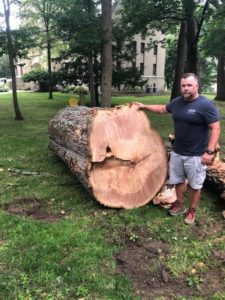
Phil Olsen, Manager of Grounds





